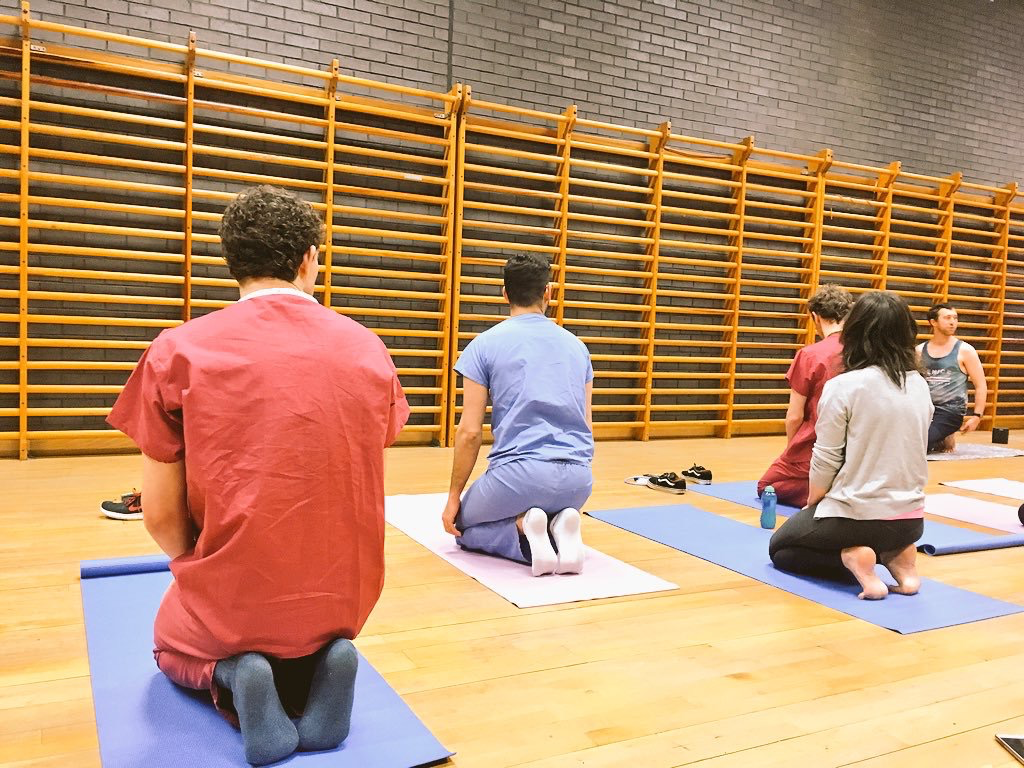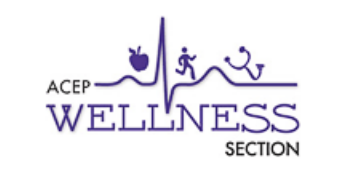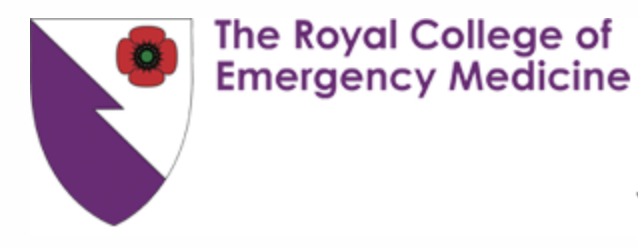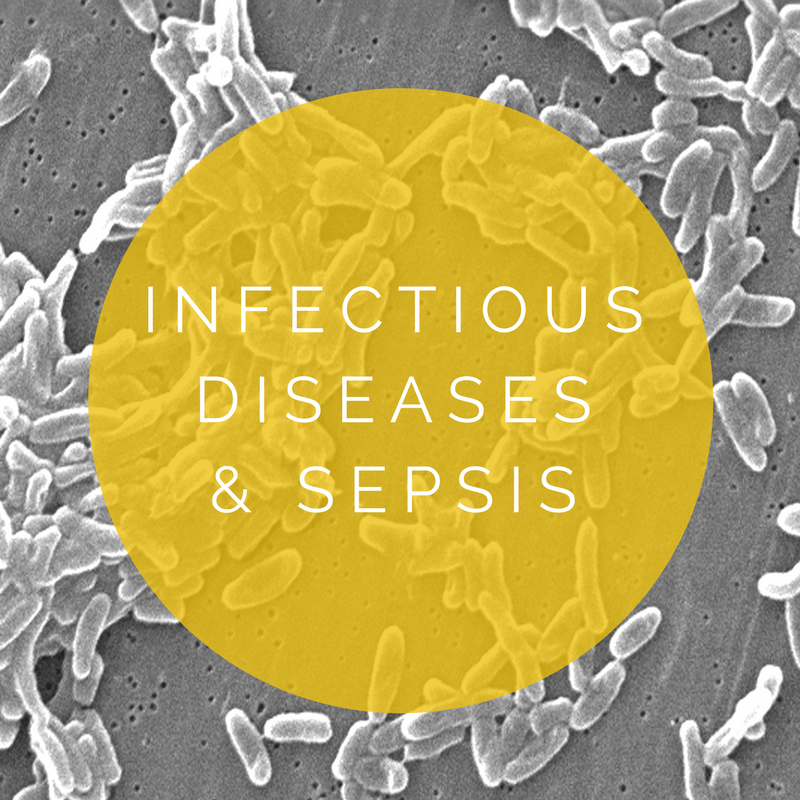Wellness
introduction
“We think our guiding light is ‘out there’ somewhere because we cannot conceive that it is ‘in here’
And so, we search in vain, until we search within”
“ Light houses don’t go all over an island looking for boats to save; they just stand there shining”
“ A smooth sea never made a skilled sailor.”
Staff wellbeing is an untapped resource in the efficient running of a healthcare organisation. Staff burnout however, produces the opposite, and is currently being seen at ‘epidemic’ levels throughout the NHS. This October, the Prime Minister has made it clear that mental health must be at the top of the agenda, for both employers and individuals within the NHS.
Burnout is an inability to experience positive emotion, and has been described as:
“feelings of overwhelming exhaustion, depersonalisation or cynicism towards people and work, and a sense of professional inefficacy” BMJ Oct. 2017.
It is found most commonly in those who work shifts; those with poor boundaries between work and home life; those who demonstrate tenacity, dedication and a strong sense of responsibility, and those who are in debt. Compassion fatigue is a feature. Within the majority of studies it is reflected that specialities such as Emergency Medicine, ITU, and GP are at highest risk.
Its negative consequences are seen in:
physician suicide
increasing absence rates
poor physician mental health
high intent to leave (ITL) the profession
early retirement
Increasingly low numbers of individuals now see medicine as a career that they wish to pursue, and many students now leave medicine following the completion of training. Up to 40% of American medical residents have been shown to suffer from depression.
Burnout is associated with:
increased traffic accidents and violations
post traumatic stress disorder
suicide
depression
reduced physical immunity
a 10-13 year reduced life expectancy
reduced quality of personal relationships.
Poor nurse well being, is correlated with poor patient outcome.
Functioning with a burnt out workforce, leads to a six fold increase in physician errors. Burnout is also contagious, with the wellbeing of physician teams being negatively influenced by the poor wellbeing of a minority.
The approximate cost of replacing a physician is £100,000. This is in the face of decreasing desirability to become a medical professional, the increasing trend towards essential positions being covered by locum employees, and the emotional cost of team and family breakdown. The overall cost to the healthcare profession of poor staff wellbeing, runs into the hundreds of millions of pounds, in the short term.
Wellbeing is therefore in everyones' interests.
The following is not an exhaustive list of resources, but seeks to underline the importance of staff wellness, in addition to offering a starting point for those who are personally experiencing difficulties; those who are supervising a trainee/student/colleague with difficulties, or for those of you who are simply interested in maintaining wellness in yourself and your community.
It is compiled from the latest resources and research on staff wellbeing, references for which can be found throughout the text.
Improving Resilience Within the Individual
Those working within Emergency Medicine suffer from the highest rates of burnout and intent to leave (ITL). Females and those aged 35-54 years old, are affected the most.
SLEEP
Poor sleep is highly correlated with burnout, and medical errors. Fatigue impacts upon other workers and staff morale. Less than five hours sleep per night, will switch off the social and emotional regulation centres of the brain.
Over three 24 hour periods per week with sleep time less than five hours, puts an individual at high risk of burnout.
Maintaining healthy sleeping patterns is difficult with on call and shift work. Take responsibility and plan in advance.
Ensure that the rota which you work, complies with working times guidance.
Create and maintain good sleep hygiene routines, wind down, and remember that alcohol adversely affects REM.
Some individuals find sleep mediations, and mindfulness helpful.
EXERCISE
Lack of exercise has consistently been shown to be a risk factor for burnout. Positive use of exercise is associated with increased individual resilience and wellbeing. Current activity guidelines recommend 150 minutes of moderate intensity exercise in bouts of over 10 minutes; or 75 minutes of vigorous activity, spread across the week. It also suggests minimising sedentary activity, and improving upon strength twice per week.
Prioritising exercise with shift work is difficult, and many people therefore fit exercise into an activity with a purpose, for example, cycling or walking to work. The NHS financially supports environmentally effective and fit means of getting to work.
Making exercise a social activity compounds wellbeing, and distracts from effort. Hospital led exercise classes with your friends and colleagues are also an option.
If you are an exercise enthusiast, there are opportunities to incentivise your colleagues, by becoming an activator.
DIET & WEIGHT
Diet and weight management are key in improving resilience. Males and females aged 19-64 are advised to eat 2500 and 2000 kcal/day; 55.5g and 45g of protein; 97g and 78g of fat; and 333g and 267g of carbohydrates. The advice would be to minimise which of these are saturated fats and refined sugars, in addition to ensuring that protein sources are not unhealthy ones. These guidelines are designed for those taking adequate physical activity.
TEAMWORK
A positive social environment and good team dynamics are shown to be two of the most important factors in maintaining staff well being. Creating a positive work climate is the responsibility of every individual at work. Engaging in self care activities which lead to a happier you, is important.
Within work, ensure that you feel heard; involve yourself in projects which authentically interest you, and try to support other colleagues when this is appropriate. Feelings of involvement and authentic purpose are what motivate us on a daily basis. It is additionally important to emphasise, that venting as a coping strategy, has consistently been negatively correlated with wellbeing.
Ensure to maintain clear boundaries between work and personal life.
WORK LIFE BALANCE
There is an almost linear relationship between the infringement of work upon personal life, and burnout. This can be seen as a conflicting relationship. Once work infringes upon three or more basic human needs, such as - ability to eat a balanced meal, to plan a social activity, or sleep for an appropriate length of time -, burnout risk increases exponentially. EM physicians suffer from higher rates of marital and family breakdown, compared to other specialities.
If you are finding that work is conflicting with the stability of your personal relationships, set your thoughts out on paper and make a management plan. It is helpful to communicate with a trusted person, and set out the factors which you can and cannot control, prior to deciding how to go forward, and who to best communicate with. Creating and maintaining supportive relationships with your colleagues and superiors is protective in such a situation.
TEACHING & LEARNING
High intent to leave, and burnout are associated with less involvement in teaching and learning. They are also associated with a deficit of promotional opportunities.
When possible, prioritise CPD sessions, and teaching. Discuss promotions.
GRATITUDE
Authentic gratitude contributes to positive feelings of wellbeing and resilience. It is a protective factor, which can be individually and organisationally nurtured. In negative cultural environments, gratitude is difficult to create. For example, a new employee will increase team wellbeing for six months, but thereafter, team wellbeing will deteriorate as the positive contagion is overtaken by those negative. The solution is not to rotate staff frequently, but rather, to create positive environments.
Another difficulty in engendering positive feedback and gratitude loops, is the existence of environments where activation of the fight flight response, is necessary for good performance (A&E/ITU). Routine activation of this primitive system creates activation of a chronic stress response, which causes us to focus on the negative over the positive. For example, no human ever escaped a tiger by admiring the beauty of the surrounding trees. It is, therefore, a hardwired evolutionary response, which we must in modernity adapt.
There are several resources which can help us to rewire. At the end of each day, within the two hours prior to sleep, focus on three positive outcomes of the last day, and the feelings associated with these. Complete this for 1-2 weeks maximum. The effects are found to be greater than SSRI’s. Writing a gratitude letter, has also been shown to help reframing. So too, have mindfulness techniques and meditation.
MINDFULNESS
Mindfulness encourages us to focus on the feelings within our bodies, and to gain grounding with the breath. This can be helpful with dispelling the anxiety and stress associated with rumination and perpetual thought. Regular practice can help break chronic stress cycles, release small traumas, and reduce rates of burnout. Adult brains are highly neuroplastic, and this practice therefore has the potential to benefit even the most cynical or habitually ingrained of us.
Mindful Nation 2015, is a Government led project studying the effects of, and encouraging the use of mindful practice in our day to day lives. Mindfulness is now encouraged for use by MEP’s, as well as citing a solid research base for its use in commercial businesses. Its practice improves resilience and well being, workplace relationships, and enhances performance.
Improving Resilience Within the Organisation
Given the contagious nature of both negative and positive emotion, and the influence of leadership on team wellness, it is important to foster wellbeing at both team and organisational level. Creating a positive organisation will not have the same solutions for every team, although there will be the same distribution of factors driving this.
In order to avoid repetition of the previous section, most of which can be transferred into group thinking, the following are a list of questions which focus on team based solutions to wellness.
Several organisations which give leaders more comprehensive looks at how to build cultural change within an organisation are linked at the bottom of the page.
ARE YOU IN CRISIS?
“Big change starts with a conversation between the few people who care”
Resources
Organisations
Robertson Cooper, which currently liaises with the NHS in producing various ‘Good Day At Work’ Strategies:
https://www.robertsoncooper.com/develop-an-effective-health-and-wellbeing-strategy
Duke University Health System Patient Safety Center, which offers strategies, in addition to being a lead on current wellbeing/burnout research within the healthcare system:
http://www.dukepatientsafetycenter.com
Wellness Programmes
Wellness Coaches
Books
Anchor Brochure.
Focusses on the importance of workers looking after themselves when working with trauma related difficulties. Please phone (0141) 232 0114 if you would like a copy.
Waking the Tiger. Philip Levine.
Provides a comprehensive understanding of the fight flight freeze response, and methods with which one can gain insight into, and process simple and complex trauma patterns.
Insight into complex trauma, difficulties, and ways that clients can cope:
Ainscoung, C. & Toon, K. (2000). Breaking Free: Help for Survivors of Child Sexual Abuse. London: Sheldon Press.
Cloitre, M., Cohen L., & Koenen, K. (2006). Treating Survivors of Childhood Sexual Abuse. Psychotherapy for the Interrupted Life. New York: Guilford Press.
Courtois, C.A. & Ford, J.D. (2009). Treating Complex Traumatic Stress Disorders: An Evidence-Based Guide. New York: Guilford Publications.
Herman, J. (1997). Trauma and Recovery. New York. Basic Books.
Kennerley, H. (2000). Overcoming Childhood Trauma. London: Robinson Publishing.
Najavits, L.M. (2002). Seeking Safety: A Treatment Manual for PTSD and Substance Abuse. New York: Guilford Press.
Williams, M.B. & Poijula, S. (2002). The PTSD Workbook. California: New Harbinger Publications Inc.






























